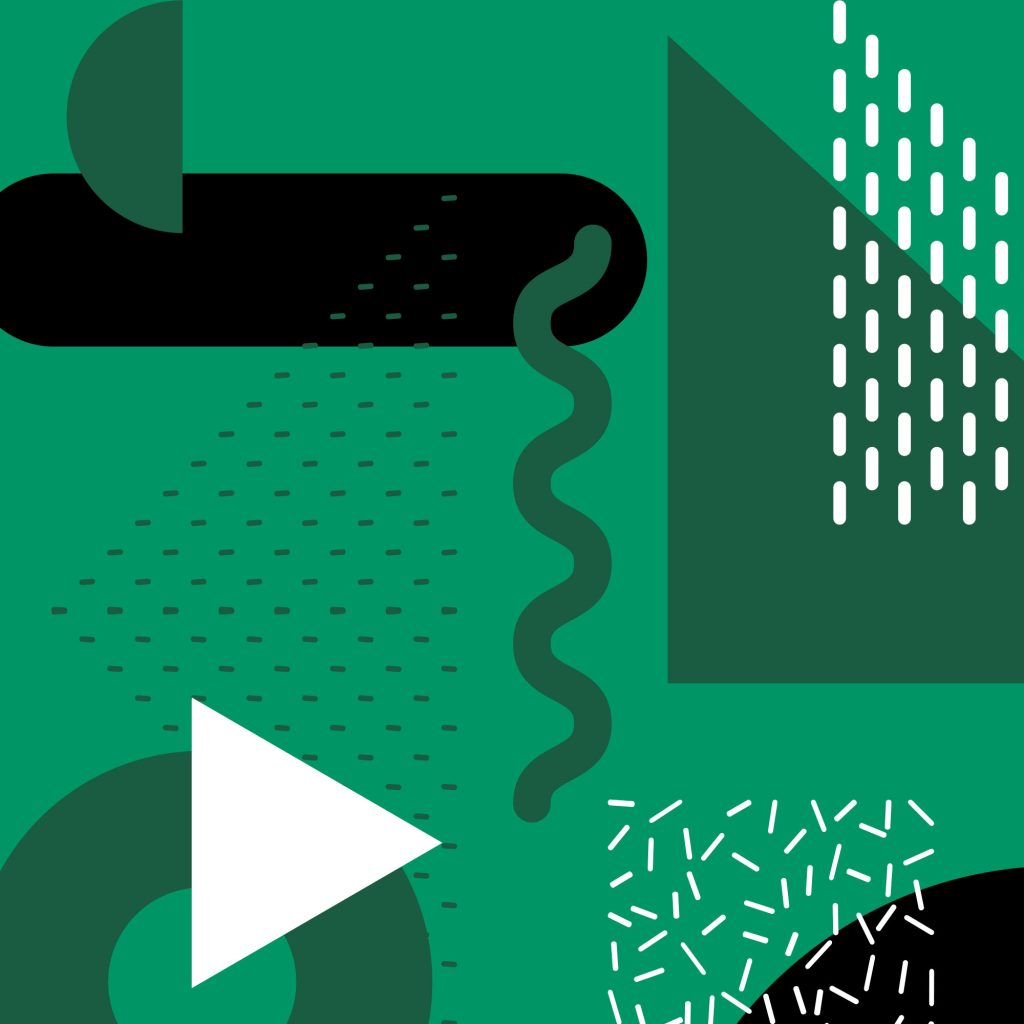In a healthy eco-system, even the winters offer us uplifting soundscapes of birds. For example, in the residence of my friends Rebecca Young and Michael Sargent, witness some of the most uplifting chickadee spectacles I ever heard and recorded. Here are two recordings from January 21 2024.
In the second one, there is a cardinal who calls and then starts quietly singing. It is possible that on a clear warm day in late January, a cardinal can burst into song, quietly or loudly.
I have to emphasize that the winter soundscapes of this area can also feature blue jays, nuthatches, morning doves, juncos, common redpolls and even goldfinches, without having to mention crows and ravens. Some of these species are migratory, and stay here because of available food sources, including bird feeders. Let’s remember that birds always depend on multiple food sources whose choice depends on whatever is the closest one to their current location, and presuppositions of their dependency on one source have been longed debunked. Among this multiplicity of mostly seasonal and some year-round sources, ear-round feeder culture in this area ensures migrants that they will never face starvation and ill health even during the most brutal of winter days because there are year-round open buffets and shelter in the form of dense bushes to keep them warm. As reciprocity to feeder culture and pollinator-friendly and diversity-friendly gardening, we can anjoy a bustling of bird life during even the winter months, and then be among the first ones to hear luxurious choirs of goldfinches and siskins, along with purple finches and all the forementioned birds, as early as the beginning of March.
Cheers to pollinator-friendly gardening favouring native plants and plant diversity leading automatically to other biodiversity, as practiced by Rebecca Young and Michael Sargent as well as many members of the community of Saint-Lazare.
